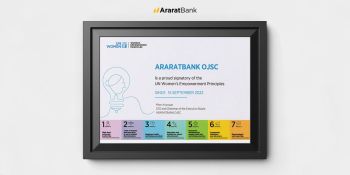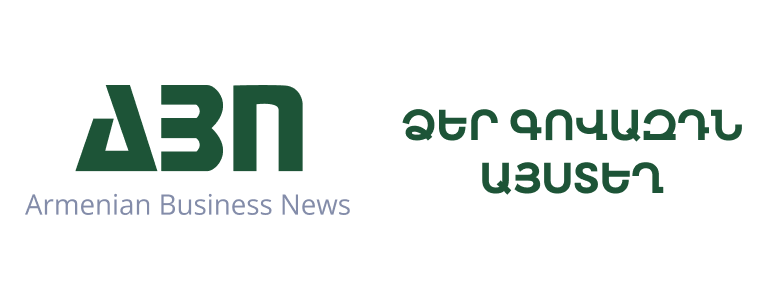Three practical steps that will prevent you from losing the people who keep your business running
News |

How to retain key talents during downsizing: three important strategies for department heads
In the context of economic uncertainty and a rapidly changing technological environment, senior leaders often face the complex decision of workforce reductions.
In this process, some departments may benefit from structural reorganization, while others are more vulnerable, facing the threat of losing critical team talent. Therefore, department heads face the challenge of how to convince superiors that retaining certain employees is vital for the organization's long-term success.
In an analysis published in Harvard Business Review, executive coach Catherine Landis and management consultant Jenny Fernandez share strategies that can help department heads protect their most important employees, especially when decision-makers are looking to solve financial pressures through layoffs.
1. Build a fact-based argument based on business risks
Simply asserting that an employee is "valuable" is no longer sufficient. It is necessary to build a business-based argument grounded in specific criteria. To this end, the authors suggest a strategic mapping tool that can assess the risks arising from an employee's departure across five key areas:
- Business Contribution: to what extent does this person's work contribute to revenue growth, innovation promotion, or crisis management.
- Cross-Functional Coordination: to what extent does he or she support team collaboration and rapid decision-making.
- External Access: how valuable are his or her relationships with customers, media, investors, or regulatory bodies.
- Continuity: how critical are his or her institutional knowledge that cannot be quickly replaced.
- Cultural Signal: to what extent does his or her presence contribute to maintaining team spirit and loyalty.
For each criterion, leaders assess the risk level as low, medium, or high. This analysis helps present a clear picture of how the departure of a given individual would impact the organization's current operations and strategic goals.
Helpful questions in this process:
- Which projects and initiatives are directly dependent on this individual?
- What internal knowledge does he or she possess that cannot be easily transferred?
- What does the organization lose by losing external connections along with this individual?
- What kind of signal will his or her departure send to the team?
- What will be the impact on team collaboration and decision-making?
2. Register supporters
Even the best argument needs to be reinforced by the support of other influential parties within the organization. Department heads need to identify who else values this employee's contributions. These supporters can include:
- Mentors or peers from different departments
- Senior leaders who are connected to this employee's work
- Decision-makers who have influence at the management level
For example, if the company's CRO (Chief Revenue Officer) is focused on global expansion, it should be emphasized how this employee's presence supports that direction. If the director values innovation, it should be highlighted how this employee plays a key role in implementing innovative projects.
Gaining support not only helps secure decision-makers' confidence but also fosters a culture of shared responsibility regarding the retention of key personnel.
3. Make the risk visible through proper framing and communication
Once the arguments are prepared and the support is secured, it is essential to convey them correctly to decision-makers. The authors suggest the following methods:
- Personal or online meetings for discussion: this allows reading the other person's reaction and adjusting the message accordingly.
- Focus on results, not personal qualities: it is important to explain what impact retaining the employee will have on the business in terms of revenue, efficiency, or market entry.
- Visual presentation: a simple table or map clearly outlining the risks and consequences.
- Written summary: an email or brief memo that documents the presented argument.
Even if a position is being eliminated, it is possible to ensure the transfer of an employee who presents a visibly high risk to another department or new initiative. This approach not only protects institutional memory but also sends a clear signal to the entire team that high performance is valued.
***
In times of austerity, the first impulse may be to seek savings—especially at the level of numerical figures. However, human capital is one of the company's most competitive advantages. It is the responsibility of department heads to ensure that short-term decisions do not jeopardize long-term success.
By presenting clear arguments, securing strategic support, and communicating the business impact, it is possible to protect the most important assets—key team members. This is not only an act of retention but also a strong demonstration of leadership.
*The article was also prepared using data from AI․
Follow us in social networks
-

The Big Impact of Small Financial Mistakes: How Minor Errors Threaten an Entire Business
2025/12/07/ 17:56 -

2026 Business Trends: From AI Acceleration to Evolving Customer Behavior
2025/12/06/ 18:06 -

Why Money Has a Psychological Impact on Us: How to Avoid Losing Your Sense of Self
2025/12/05/ 19:00 -

AraratBank Participates in “Women’s Empowerment Principles in Armenia” Conference
2025/12/05/ 18:07 -

How to Free Yourself From Overthinking and Make Confident Choices Every Time
2025/12/04/ 19:00 -

Acba bank and France’s Proparco to continue strengthening their long-term strategic partnership
2025/12/04/ 14:24 -

The power of Armenian nature, the secret of your beauty.
2025/12/04/ 10:44 -

How the People Who Truly Earn Big Money Think Introduction
2025/12/03/ 19:00 -

€500,000 Investment for Circular Economy Development in Armenia
2025/12/03/ 16:21 -

AraratBank Joins Armenia's New Greening Initiative: 100 Hectares of New Forest within Three Years
2025/12/03/ 12:36
 Subscribe
Subscribe







